Major market players are spending a lot of money on R&D to increase their product lines, which will help the knitwear market grow even more. Market participants are also taking a range of strategic initiatives to grow their worldwide footprint, with key market developments such as new product launches, increased investments, mergers and acquisitions, contractual agreements, and collaboration with the other companies. Competitors in the knitwear industry must offer cost-effective clothes to expand and survive in an increasingly competitive and rising market environment.
One of the primary business strategies adopted by manufacturers in the knitwear industry to offer stylish clothes to the customers and expand the market sector is to manufacture locally to reduce operating costs.
The knitwear market major player such as Adidas AG (Germany), Loro Piana S.p.A. (Italy), Ralph Lauren Corporation (the USA), Sana Hastakala (P) Ltd. (Nepal), The Nautical Company (UK) Ltd, Victoria's Secret (the USA), Gildan Activewear Inc. (Canada), Maglificio Ripa S.p.a (Italy), Puma SE (Germany), LENZING AG (Austria), Ecowool (New Zealand), Gap Inc., and others are working to expand the market demand by investing in research and development activities.
The Adidas group, the second-largest sportswear producer in the world, also owns a stake in the German football team Bayern München and the Austrian fitness technology company Runtastic. The CrossFit and Les Mills brands are also its property. Adolf Dassler and his brother Rudolf established the business in 1924. For instance, in January 2023, the new Adicross line of clothing and shoes has been introduced by German brand Adidas. The brand-new line was created with golfers in mind and is inspired by outdoor wear.
The golf range offers unexpected fashions with a retro-outdoor vibe that give the game new life and personality.
Also T-shirts, underwear, socks, and hosiery are all fundamental clothing items that Gildan designs and manufactures. The selling of unprinted T-shirts, sweatshirts, and other items to wholesalers, well-known clothing companies, and printers is its main market (printwear). Gildan further distributes branded clothes via direct-to-consumer and retail channels. Gildan, American Apparel, Comfort Colors, and Gold Toe are some of the brands. The majority of Gildan's clothing is made in factories in Latin America. The 1984 incorporation of the Montreal-based business, which makes the majority of its sales in the United States.
For instance, in November 2022, with the present development of a sizable, vertically integrated knitting and sewing facility in Bangladesh, Gildan Activewear is continuing to grow its foothold in South Asia.
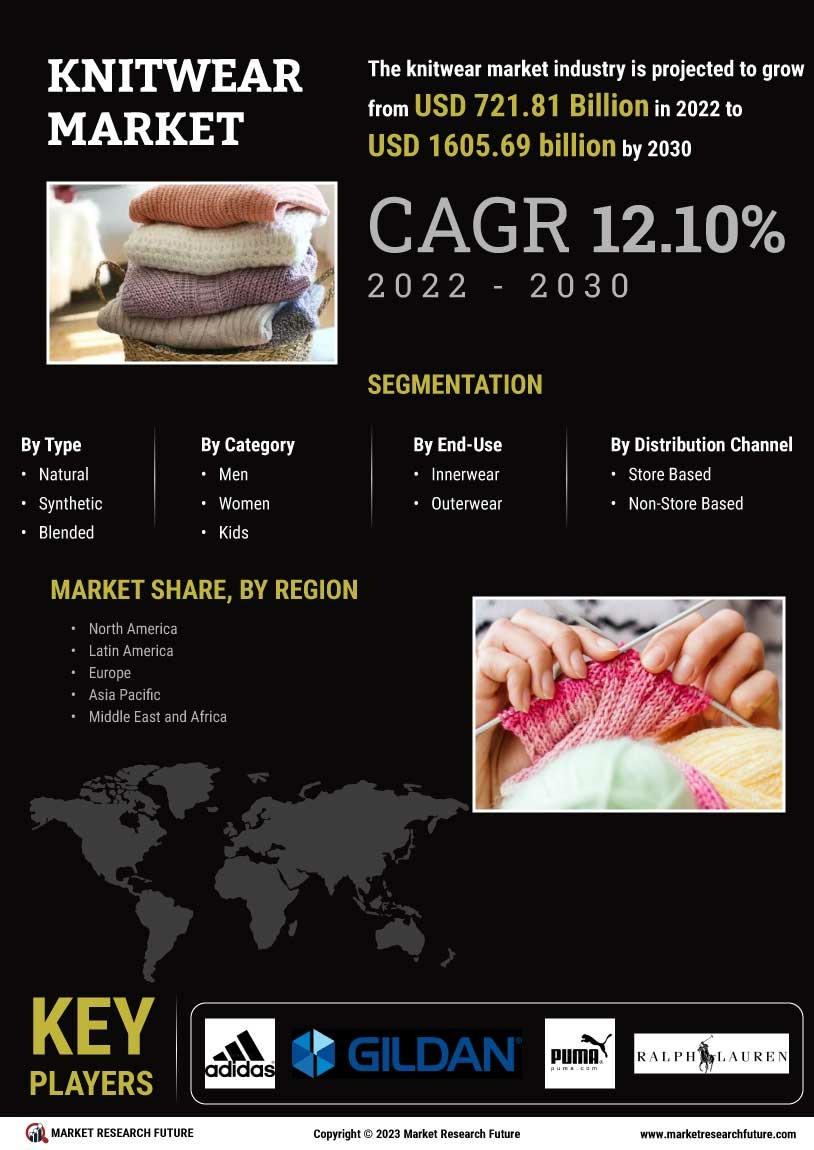

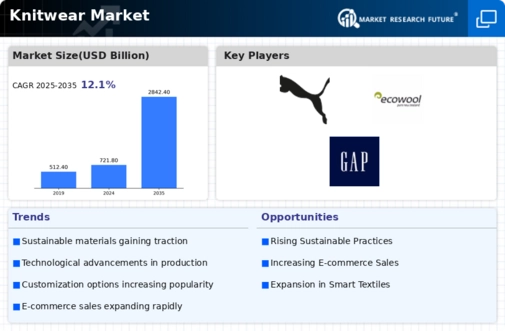
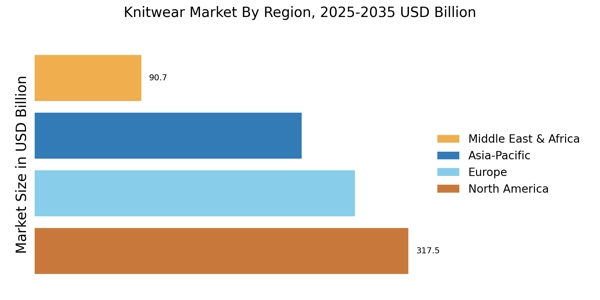
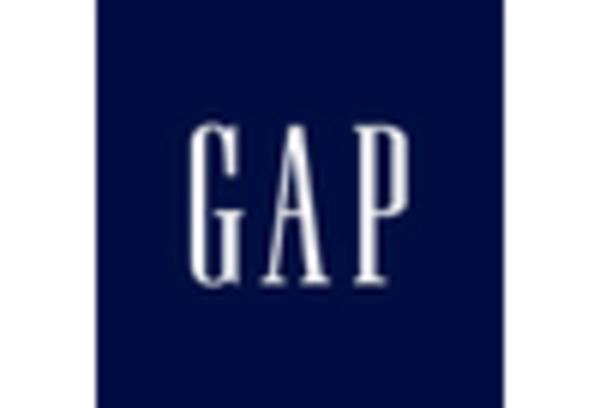
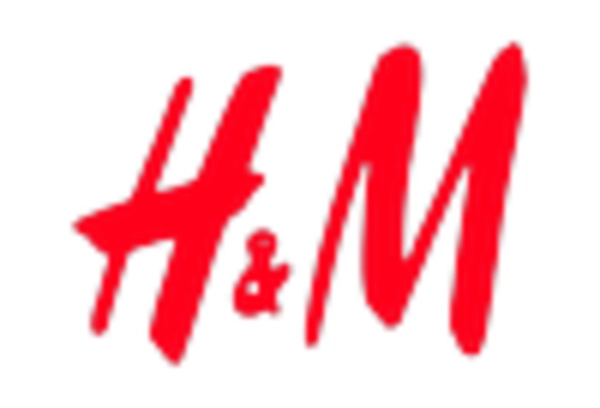
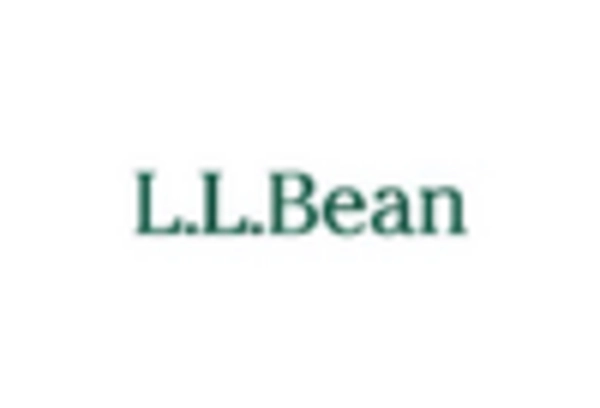
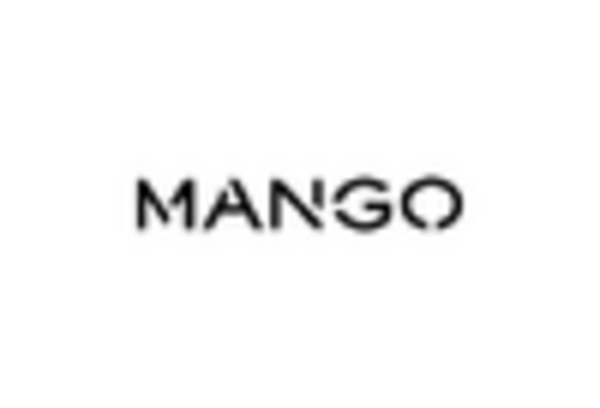
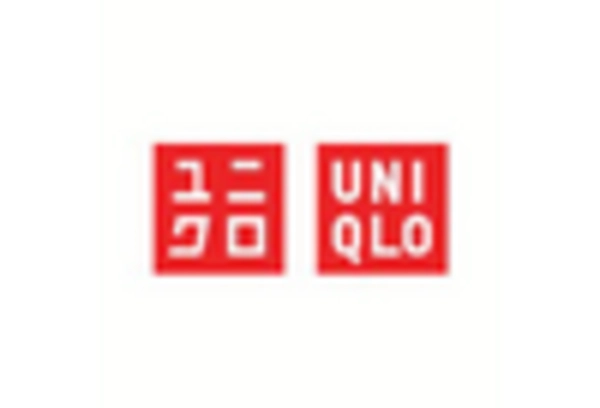
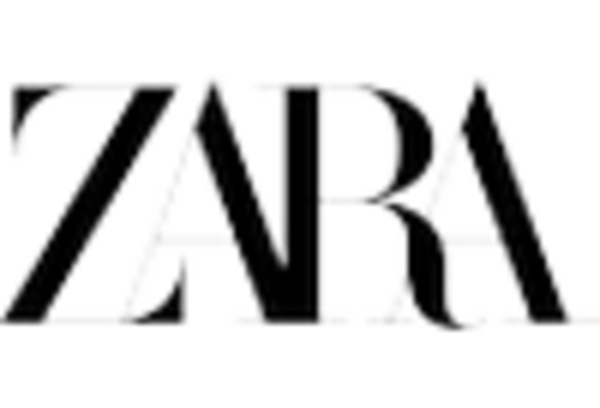








Leave a Comment